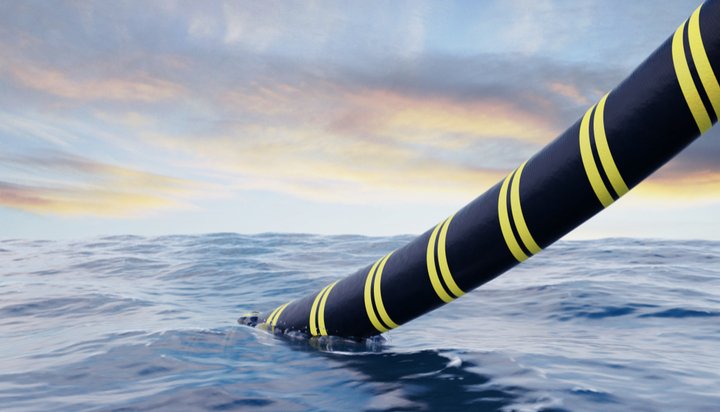
THE creation of a subsea energy link between Peterhead and Yorkshire is to support ‘hundreds’ of construction jobs, SSEN Transmission has said.
Enabling works are expected to commence in 2024, with the £2.1 billion investment bringing a ‘superhighway’ of electricity transmission under the North Sea which the organisation said will alleviate existing and future constraints on the electricity transmission network.
By enabling the connection of ‘indigenous’, low carbon electricity generation, SSEN added that the link will also play a ‘critical’ role in supporting the UK’s future security of supply, reducing dependence and price exposure to ‘volatile’ global wholesale gas markets and having capacity to power over two million homes.
The project will be taken forward as a joint venture between SSEN Transmission and National Grid Electricity Transmission (NGET), with a targeted energisation date of 2029. ‘Hundreds’ of green jobs are set to be supported throughout construction, with ‘thousands more’ throughout the supply chain and wider economy.
Rob McDonald, MD of SSEN Transmission, welcomed Ofgem’s provisional approval of the link. He said, “We welcome Ofgem’s timely decision to provisionally approve the first of two subsea links planned to connect Peterhead in Scotland to demand centres in England. These links are critical to our net zero ambitions, delivering UK and Scottish Government renewable targets and reducing our dependence on volatile wholesale gas markets by supporting indigenous low carbon electricity generation.
“With Ofgem providing much needed certainty of delivery, we can now engage with confidence with the supply chain to secure the specialist HVDC infrastructure and project delivery partners through an open and competitive procurement process.
“We now look forward to working with Ofgem, government and wider stakeholders to accelerate the necessary investments in strategic grid reinforcements required to support our future energy needs.”










